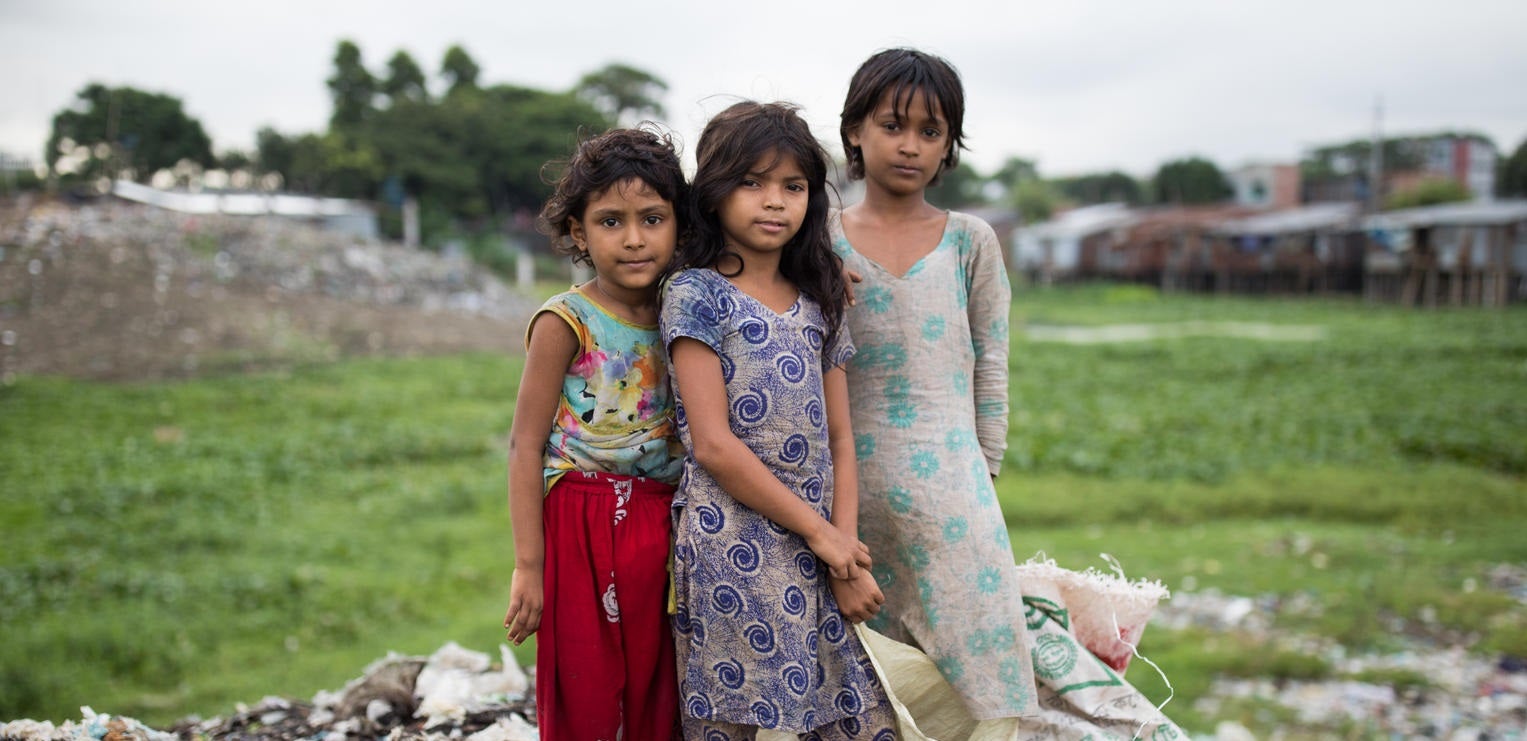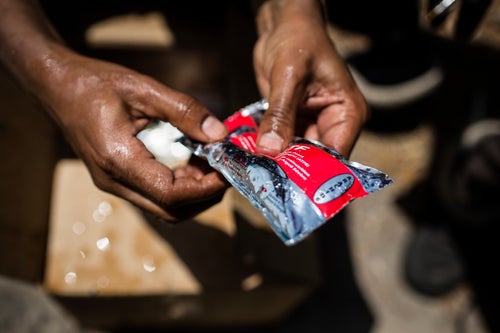During a village health outreach in Indonesia, healthcare workers found Karno was severely underweight and at risk of malnutrition.
DONATE NOWWhen he was taken to the community health centre, they confirmed he was suffering from severe acute malnutrition.
Karno’s mum, Esi, was shocked at the time, thinking her boy Karno was only small in size due to his family genetics. She did not realise his condition was a symptom of acute malnutrition – a serious condition which can impair brain development and cause death.
Severe acute malnutrition is the most extreme and visible form of undernutrition and requires urgent treatment to survive. It is a major cause of death in children under five, and its prevention and treatment are critical to child survival and development.
Karno is likely to recover if he follows the nutritional treatment program. He was given ready-to-use therapeutic food (RUTF) - a peanut butter-like paste that is rich in vitamins and energy – to take home.
Esi wanted the best for Karno and took him to the health centre for a check-up every week.
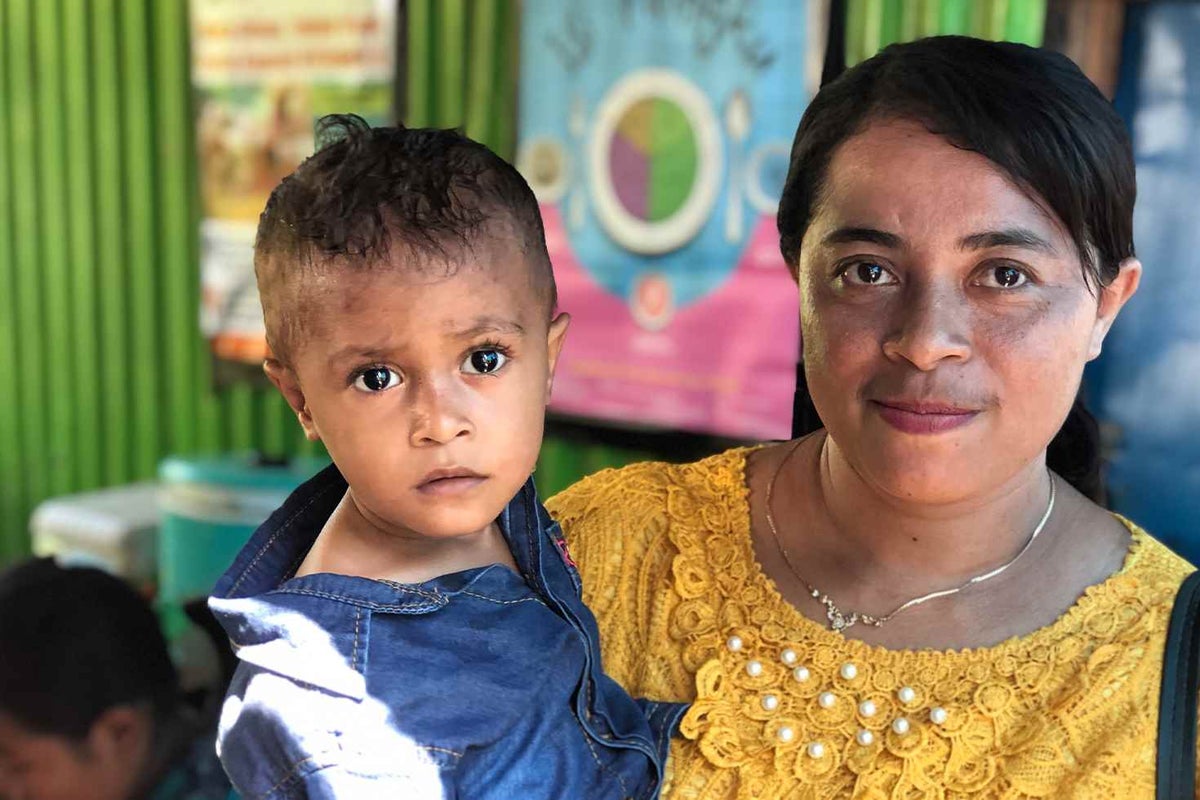

This UNICEF supported nutrition program, implemented through the District Health Office, began in January 2019, when Karno was first scanned.
Esi wishes Karno, now two-years-old, could have received treatment earlier. She wants all parents in the community to know the importance of detecting and treating malnutrition to prevent this happening to other children.
In Indonesia, children with severe acute malnutrition have previously been treated in health centres and hospitals. This means only a small number of children received the treatment they needed, because many families are unable to accompany their children to the hospital for weeks at a time.
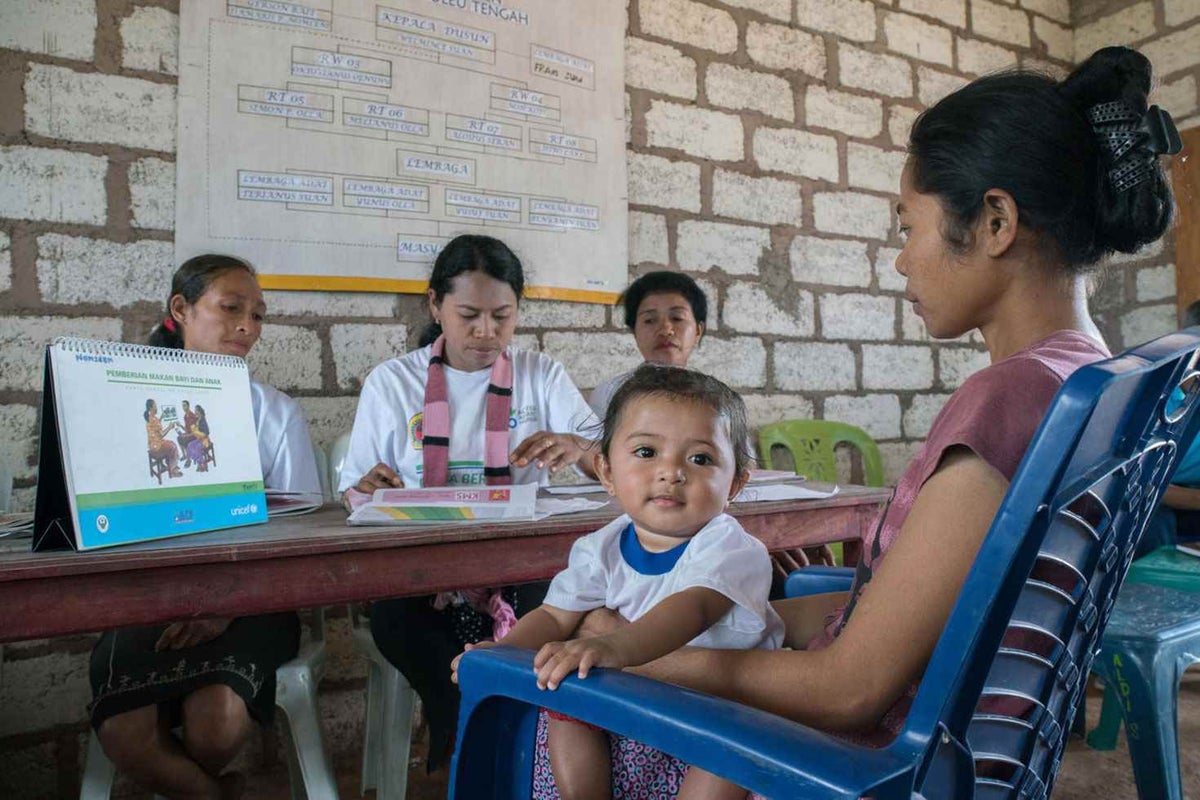
Many children also missed out on initial screening and were unaware that they needed treatment. Through this UNICEF supported program, children with severe acute malnutrition can now receive treatment at home with their families.
This program increases the detection of children with severe acute malnutrition, by screening them in their own communities and improving access to treatment.
So far, this UNICEF supported program has cured more than 650 children have been cured of severe acute malnutrition.
Following the success of this pilot program, the Ministry of Health plans to expand the program to the entire country by 2022, to reach over two million children who suffer from wasting, or acute malnutrition, so children like Karno can survive and thrive.
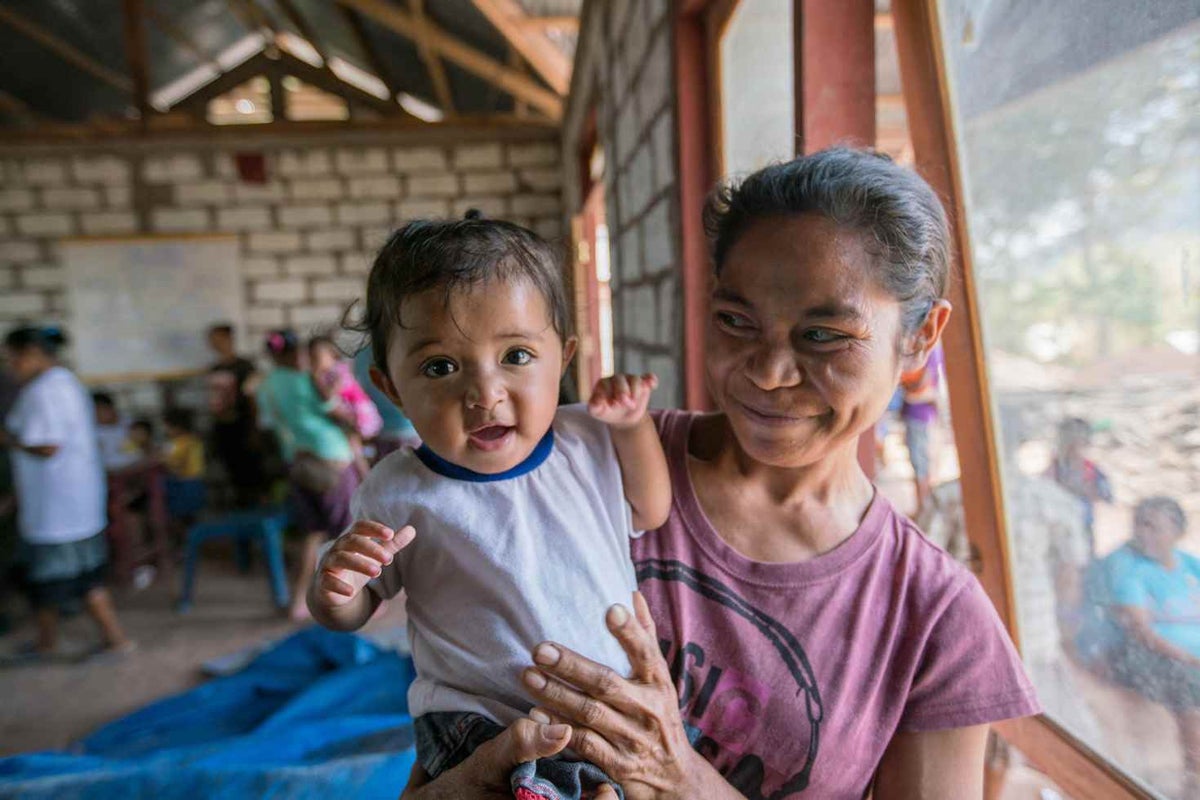
This program is supported by the Australian Government through the Australian NGO Cooperation Program (ANCP).
DONATE NOWRelated articles
Stay up-to-date on UNICEF's work in Australia and around the world


